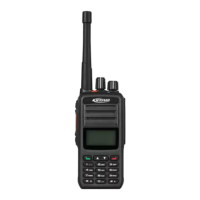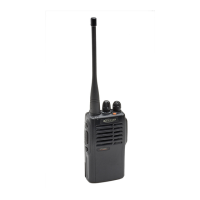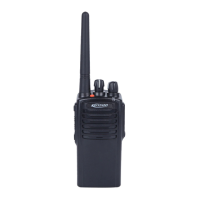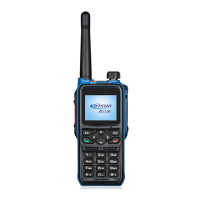Why is my Kirisun Two-Way Radio communication failing?
- DdianawilliamsAug 3, 2025
Communication may fail between Kirisun Two-Way Radios if the channels they are using are not of the same frequency. Also, ensure that the radios are using the same CTCSS/DCS signaling codes, which can be set via PC. Finally, check that the radios are within communication range.











